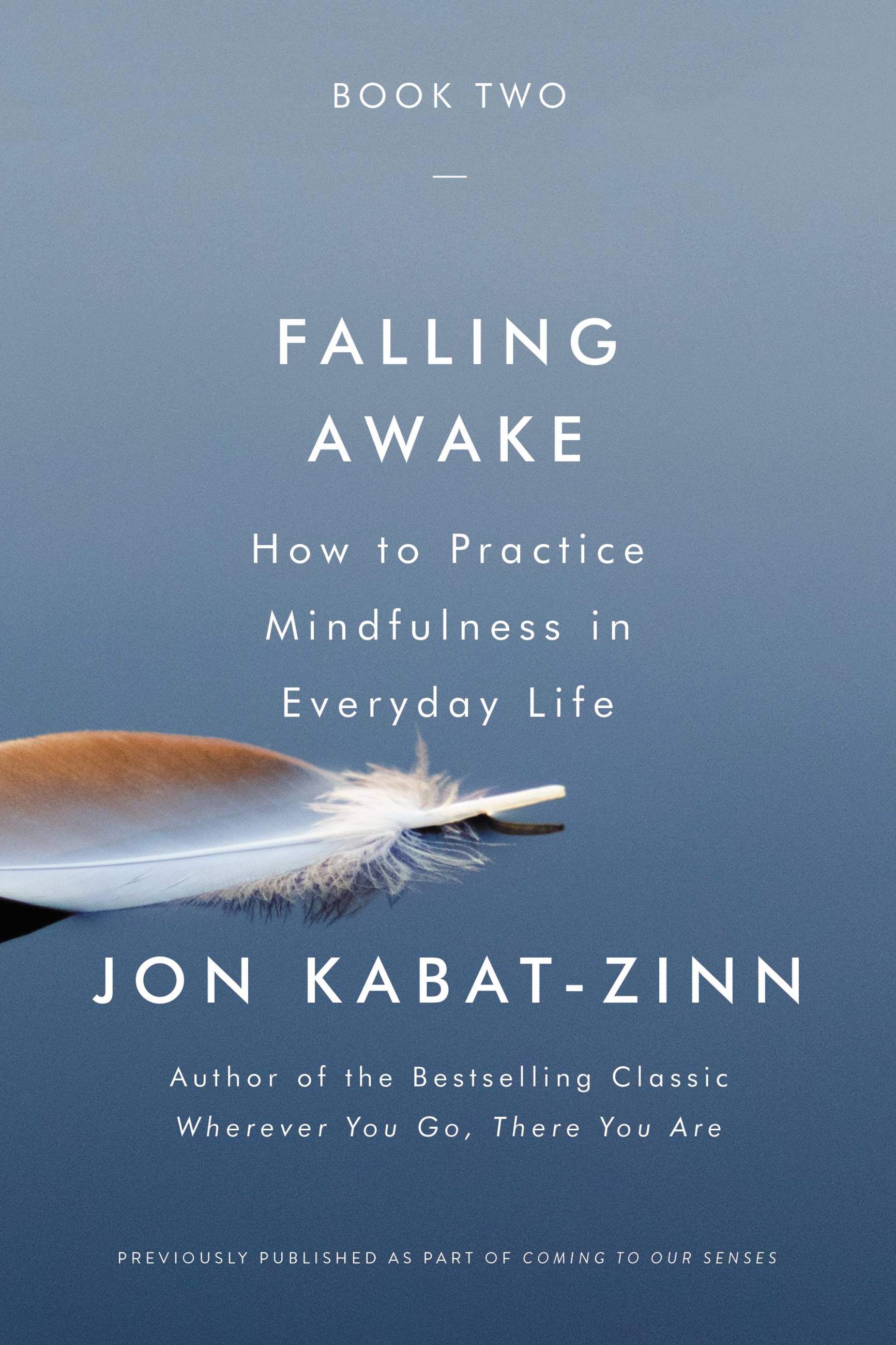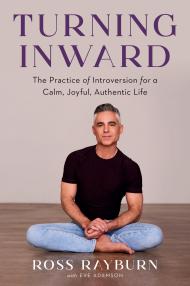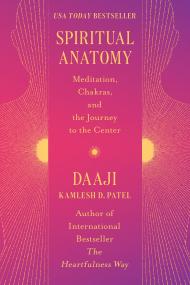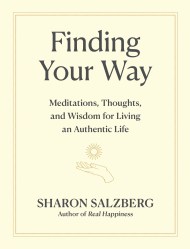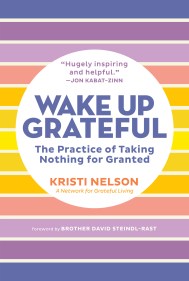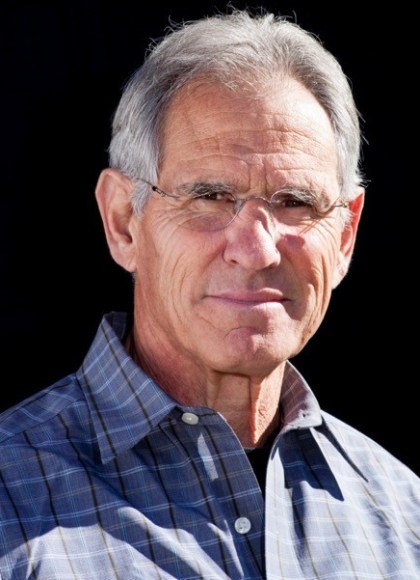Falling Awake
How to Practice Mindfulness in Everyday Life
Contributors
Formats and Prices
Price
$9.99Price
$12.99 CADFormat
Format:
- ebook $9.99 $12.99 CAD
- Audiobook Download (Unabridged)
- Trade Paperback $15.99 $21.99 CAD
This item is a preorder. Your payment method will be charged immediately, and the product is expected to ship on or around August 7, 2018. This date is subject to change due to shipping delays beyond our control.
Also available from:
“Thoughtful and provocative…. The relevance of this work is unquestionable, as it leaves us inspired and optimistic that true healing really is possible” (Sharon Salzberg). For four decades, Jon Kabat-Zinn has been teaching the tangible benefits of meditation in the mainstream. Today millions of people have taken up a formal mindfulness meditation practice as part of their everyday lives. But how do you actually go about meditating? What does a formal meditation practice look like? And how can we overcome some of the common obstacles to incorporating meditation into daily life in an age of perpetual self-distraction?
Falling Awake directly answers these urgent and timely questions. Originally published in 2005 as part of a larger book titled Coming to Our Senses, it has been updated with a new foreword by the author and is even more relevant today. Science shows that the tangible benefits of a mindfulness meditation practice are impossible to ignore. Kabat-Zinn explains how to incorporate them into our hectic, modern lives. Read on for a master class from one of the pioneers of the worldwide mindfulness movement.
- On Sale
- Aug 7, 2018
- Page Count
- 208 pages
- Publisher
- Hachette Books
- ISBN-13
- 9780316521970
Newsletter Signup
By clicking ‘Sign Up,’ I acknowledge that I have read and agree to Hachette Book Group’s Privacy Policy and Terms of Use

